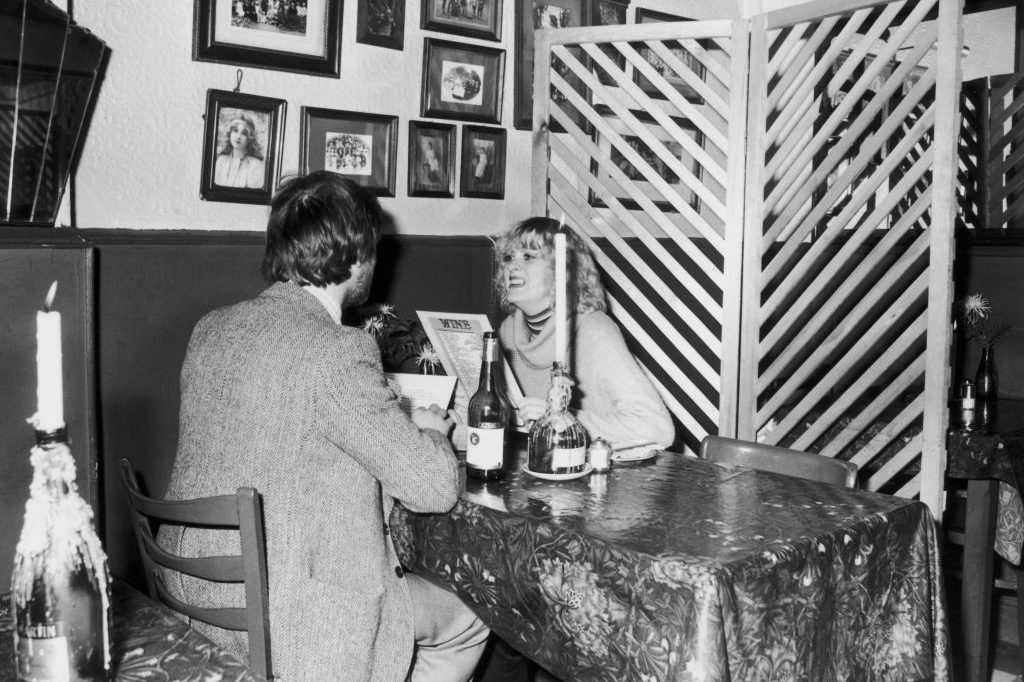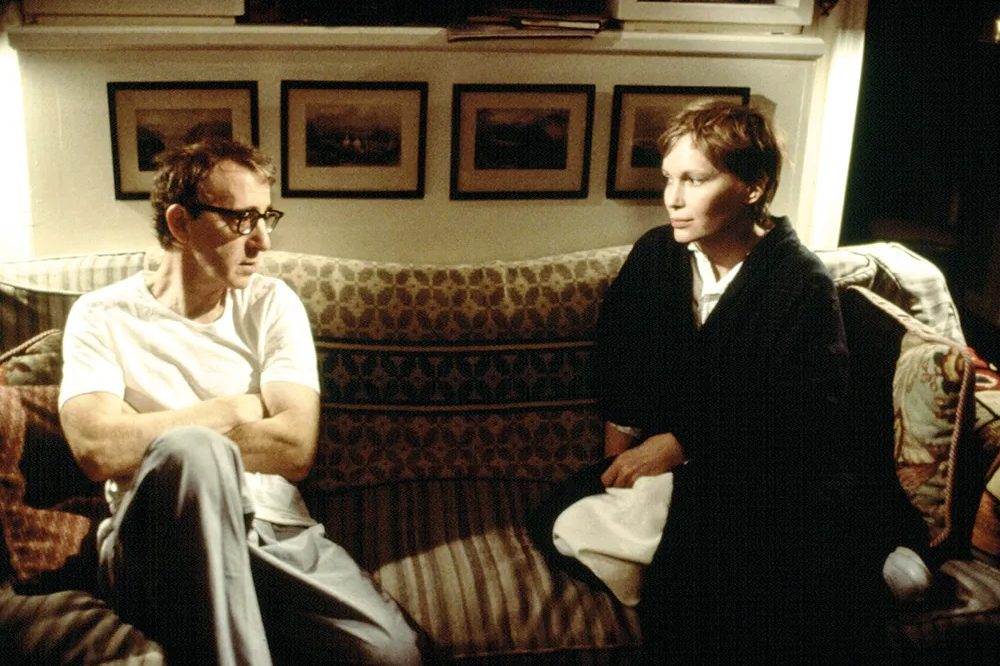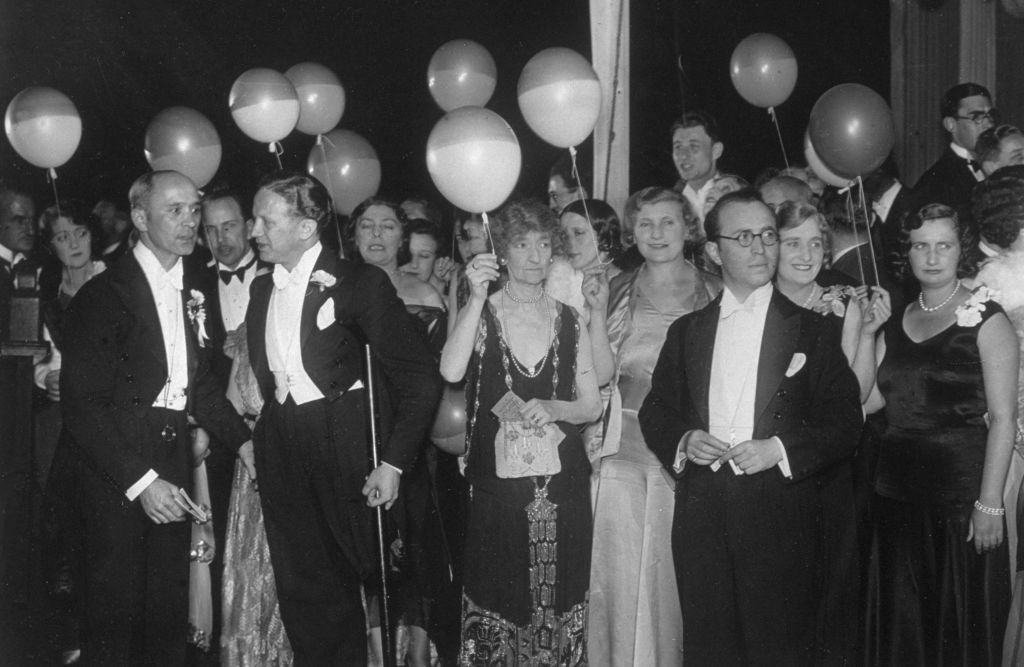Recently, at a London dinner party, I found myself sitting next to a beautiful young woman with a PhD in physics and a passion for bondage. At first I thought: I’ve hit the jackpot! Brains-Beauty-Bondage — here she is: wife number three!
And then she treated me to a long monologue on the joys of bondage; the intricacies of knot-tying, bondage etiquette, arcane bondage practices from roughly the Middle Ages to the present (or so it seemed), plus her own bondage biography. Believe me, there’s no bore like a bondage bore.
Granted, we boring old heterosexuals have our faults and our limitations. We lack glamour. We rarely bonk outside the box. But at least we can laugh at ourselves; we’re happy to recognize the comedy — and the tragedy — of erotic life. But bondage people — at least the ones I’ve met — are so serious! So earnest and humorless about their practices. Did you ever hear the joke about the bondage practitioner who forgot her safe word? No? That’s because there are no bondage jokes.
Let’s be clear about this. By bondage people I don’t mean people who do a bit of bondage as part of their sexual repertoire. I mean people for whom it’s the central component of their sexual and social identity. Bondage is sex for people who don’t like sex. It’s about ritual. Theater. Pagan rites. Power relationships. To which I say: screw all that jazz — give me a good old-fashioned, passionate, I-LOVE-YOU-BABY! shtup any day of the week. You dig tying knots? Get a sailboat.
Least you think I’m being arrogantly heteronormative and judgmental, I should point out that the bondage brigade are the ones who look down on people like me. To them we’re the boring ones who practice what they dismiss as “vanilla sex” — that is, just plain regular sex. They assume that while we heterosexual squares are stuck in the sexually stifling suburbs of the erotic, they’re the ones bravely walking on the wild side and having all that exciting forbidden fun.
Middle-class professional people love all this bondage stuff — along with a wide range of erotic exotica — because it’s a way of overcoming the bourgeois blandness of being just a middle-class professional with kids, a nice house and a dog, just like all your other friends. I noticed that when my bondage dinner companion didn’t talk about bondage and just talked about all the ordinary stuff of life — her kids, her house, her career — she was just so vanilla. Banging on about bondage was her attempt to appear exotic and transgressive.
When I was a teenager, people like her who walked on the wild side seemed so fascinating. Today they’re often the most boring people in the room. What happened? When did sexual deviancy — as it used to be called — become so dull?
I’d say it began with the release of Lou Reed’s Transformer album in 1971 and in particular the track “Walk On the Wild Side.” That brought that sexy, sleazy, drug- gy, subterranean Warholian world to a much wider public in a way that was shocking but sweet and safe enough for pop fans to enjoy. Transformer — especially the track “Perfect Day” — was decadent fun for all the family.
In its wake, and over time, came the assimilation of pornography, anal sex, bondage, dogging or whatever took your fancy. Liberal tolerance, openness, inclusivity and moral relativism killed sexual deviancy: you can’t be an outsider if you demand to be accepted by those on the inside, and then win. On the plus side, “deviants” have gained legal and civil rights, and that’s a good thing, but deviancy has lost its aura of recherché romance.
So who are the deviants now? I took a date to a restaurant in Soho whose entrance looked like a sex shop complete with S&M clothes, chains, whips and gimp masks. On entering, the man at the reception desk told me that he was sorry, but their dress code has a strictly no-suit policy.
So I asked him: “If I was wearing a gimp mask with clamps on my nipples would I be allowed into your restaurant?”
“Absolutely” he said.
It occurred to me then that we old, boring heterosexuals with our “vanilla sex” have ended up as the new transgressives. At last, we’re the ones walking on the wild side.
This article was originally published in The Spectator’s February 2022 World edition.

























